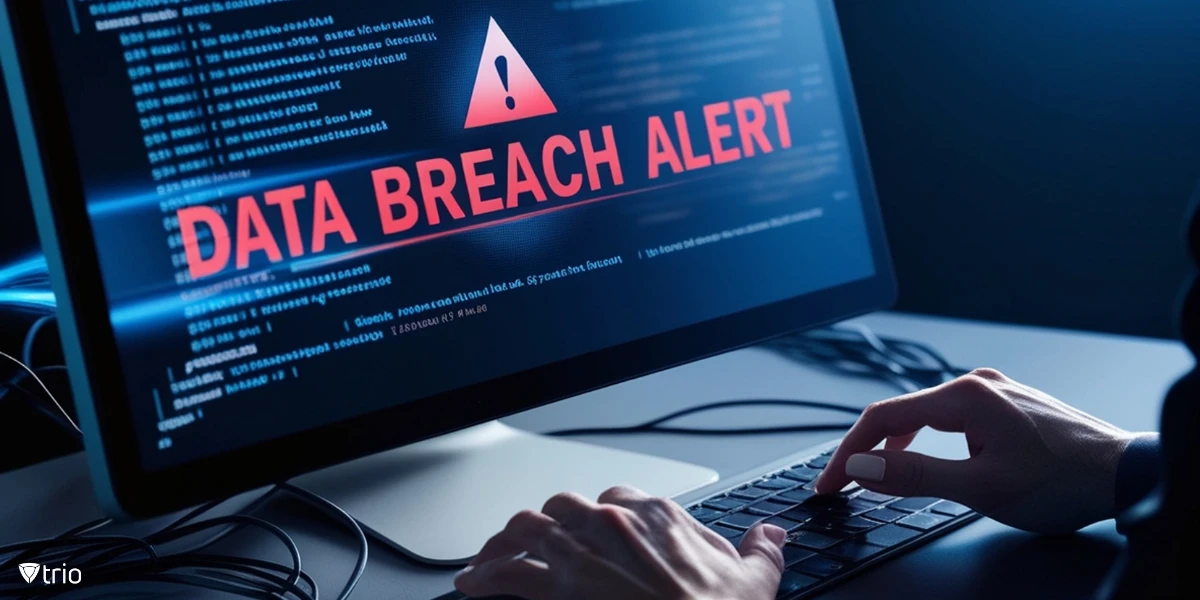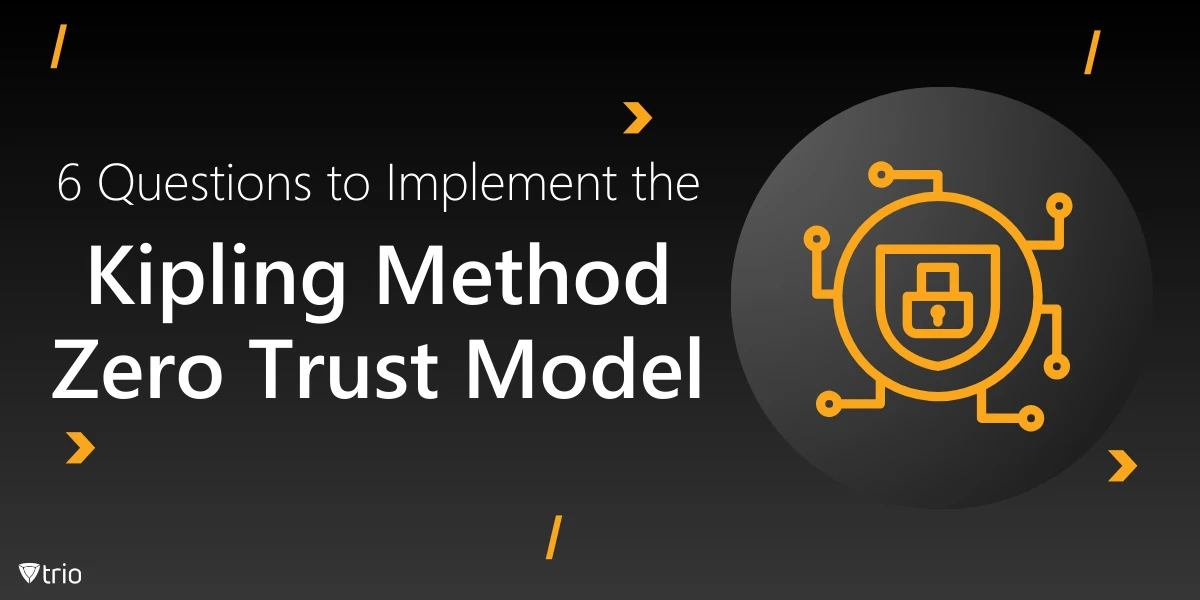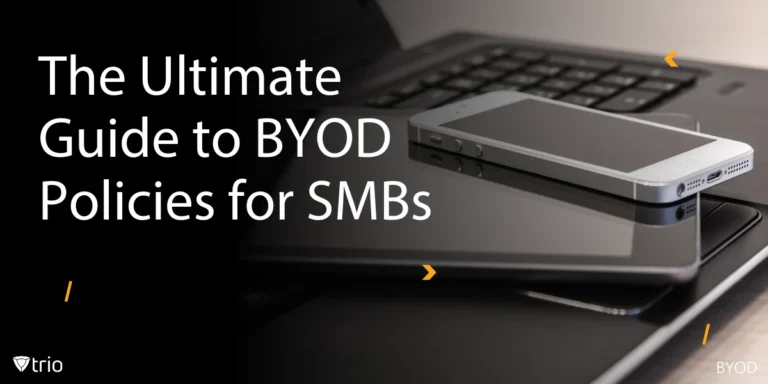As technology keeps evolving, cybersecurity remains a pressing challenge for IT professionals. As threats grow more sophisticated, organizations must continuously adapt their security frameworks to stay ahead. One emerging method that offers a fresh take on enhancing security is the Kipling Method Zero Trust model. This approach blends the timeless principles of journalist and author Rudyard Kipling's problem-solving method with the robust practices of Zero Trust security, enabling organizations to define problems clearly and secure their systems effectively.
In this blog, we’ll explore how the Kipling Method can be applied to Zero Trust, breaking down how IT teams can use this creative approach to build stronger, more resilient security strategies.
Understanding the Kipling Method for Problem Solving
Rudyard Kipling’s famous quote, “I keep six honest serving men (they taught me all I knew),” refers to six fundamental questions: Who, What, When, Where, Why, and How. These questions form the backbone of the Kipling Method, a problem-solving technique used to define and dissect problems comprehensively.
When applied to security, the Kipling Method example becomes an ideal tool to map out every aspect of a threat or vulnerability. It helps IT professionals break down complex cybersecurity challenges by answering these core questions:
- Who is responsible for the breach or vulnerability?
- What specific data or system is at risk?
- When did the issue occur, and how long has it been active?
- Where in the network or system did the threat originate?
- Why did the security measures fail?
- How can this issue be resolved and prevented in the future?
By answering these questions, IT teams can define the problem more clearly, allowing them to conduct a more thorough root cause analysis and solve the problem efficiently. This method can trigger ideas for prevention strategies, giving organizations a better grasp on their security challenges.

Integrating Zero Trust Principles with the Kipling Method
The Zero Trust model operates on the principle that no user or device should be trusted by default, regardless of whether they are inside or outside the network perimeter. The Kipling Method problem-solving technique enhances Zero Trust by adding structure to threat assessment and mitigation.
Let’s look at how combining these approaches can help overcome this problem of vague threat landscapes and unclear risks. By using the Kipling questions, organizations can solve problems more systematically:
- Who should be trusted with access?
- What is the sensitivity of the data?
- When should access be granted and revoked?
- Where are the high-risk areas in the network?
- Why do certain devices need access?
- How can access be controlled and monitored?
This marriage of Zero Trust Architecture and the Kipling Method provides a robust way to address network security from all angles. The structured approach ensures that security teams don’t run out of ideas when faced with complex challenges. The method prevents creative sessions from drying up by encouraging extended, logical exploration of the issue at hand.
Implementing the Kipling Method for Zero Trust in IT Environments
To implement the Kipling Method Zero Trust model effectively, IT teams should begin with a creative session when people are still fresh, not bogged down by too much data. At this stage, questions are used not just to define the problem but also to trigger ideas for solutions. The key is ensuring that each stage of the security lifecycle—from detection to response—is framed within these six guiding questions.
- Detecting threats: By asking “Who” is attempting to access the system, IT teams can pinpoint unauthorized users quickly. By asking “What” they’re trying to access, teams can prioritize sensitive data.
- Response planning: The questions also support the development of robust incident response plans. For example, “When” did the attack happen, and “How” was the vulnerability exploited?
This approach helps teams gain more comprehensive insights into threats, allowing them to develop stronger ZTNA (Zero Trust Network Access) solutions. It also helps teams from drying up and running out of strategies during times of crisis, as the questions provide a logical and sequential path to follow.
Extended Questions of the Kipling Method
For IT administrators, addressing complex challenges often involves asking deeper questions beyond the basics. The Kipling Method provides extended questions that can help IT professionals dissect problems methodically. Here’s a closer look at these questions and their relevance in the IT landscape:
Scenario: A data breach has occurred, exposing sensitive customer information.
- Who else?
- Who else is affected by the breach (employees, partners, regulators)?
- Who is responsible for data security and compliance?
- Who has access to the compromised data?
- Where else?
- Where did the breach originate (internal systems, external sources)?
- Where else might the data have been compromised (other systems, networks)?
- When else?
- When was the breach discovered?
- When did the data breach likely occur?
- Are there any recurring patterns or trends related to security incidents?
- How much?
- How much data was compromised (volume, sensitivity)?
- How many individuals are affected by the breach?
- What is the potential financial impact of the breach (fines, legal costs, reputational damage)?
- How often?
- How often are security audits and vulnerability assessments conducted?
- How often are security policies and procedures updated?
- How often are employees trained on data security best practices?
- Why not?
- Why not implement stronger access controls and authentication measures?
- Why not invest in advanced security technologies (e.g., encryption, intrusion detection)?
- Why not conduct regular security awareness training for employees?
- What if?
- What if the breach had been detected earlier?
- What if the company had a robust incident response plan in place?
- What if the data had been encrypted at rest and in transit?
- What for?
- What is the purpose of data security measures?
- What are the key objectives for protecting customer data?
- How can the company demonstrate its commitment to data privacy and security?
By applying these extended questions to a data breach scenario, organizations can gain a deeper understanding of the incident, identify root causes, and implement preventive measures to strengthen their security posture.
Overcoming Creative Blocks in Security Problem Solving
Even the most experienced IT professionals can face moments when their ideas dry up and run out. This often happens when addressing complex security threats that require out-of-the-box thinking. The Kipling Method offers a way to kickstart an unsticking creative session by addressing the problem from every angle.
Using the Kipling method as a principle, IT teams can reset their focus by returning to the basics of who, what, when, where, why, and how. This simple yet profound technique ensures that creative solutions don’t dry up, even in the most challenging security landscapes.
For example, if your network is facing repeated breaches, use the Kipling Method to redefine the problem. Are you trusting too many devices (“Who”)? Is the problem in your remote access (“Where”)? Do you need to re-evaluate the timeframe of access (“When”)? This structured approach keeps IT teams thinking logically while also fostering creativity.

Trio: Enhancing Zero Trust with the Kipling Method
As an MDM solution, Trio can help IT professionals adopt the Kipling Method Zero Trust approach to enhance their security frameworks. Trio’s flexible and secure device management solutions align perfectly with the “who, what, when, where, why, and how” structure of the Kipling Method.
- Who: Manage device and user access with ease, identifying who is accessing sensitive data.
- What: Trio allows for detailed control over what data and apps can be accessed on each device.
- When: Control the timing of access, ensuring users only access what they need when they need it.
- Where: Set geographic or network-based restrictions with geofencing to control where users can access data.
- Why: Prevent unauthorized access by ensuring only necessary devices are granted permissions.
- How: Monitor all activity and respond swiftly to threats.
Trio’s integration of ZTNA Solutions ensures that every device is secure and compliant with Zero Trust principles. Kipling strategies empower teams to monitor every layer of their network, ensuring that Zero Trust approaches remain proactive and adaptable.
For organizations looking to enhance their security strategies with the Kipling Method Zero Trust, consider scheduling a free demo of Trio today.
Conclusion
In an era where security threats are more sophisticated than ever, the Kipling Method Zero Trust approach offers a creative and structured way to solve problems. By asking fundamental questions and leveraging Zero Trust principles, IT professionals can build more resilient networks. Whether you’re developing your Zero Trust Architecture or seeking new methods for problem-solving, the Kipling Method can be the solution you need.
Get Ahead of the Curve
Every organization today needs a solution to automate time-consuming tasks and strengthen security.
Without the right tools, manual processes drain resources and leave gaps in protection. Trio MDM is designed to solve this problem, automating key tasks, boosting security, and ensuring compliance with ease.
Don't let inefficiencies hold you back. Learn how Trio MDM can revolutionize your IT operations or request a free trial today!





